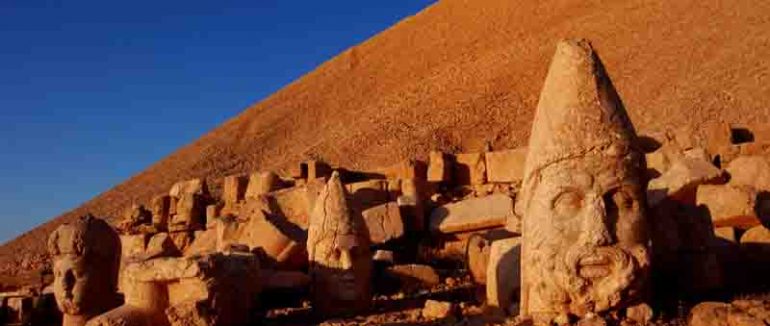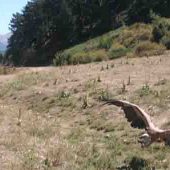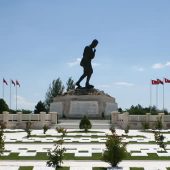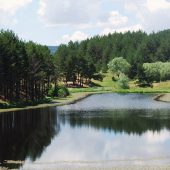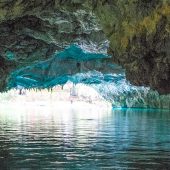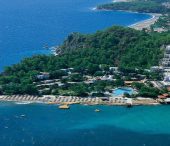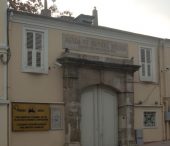Location: Nemrut Dagi National Park lies between Kahta (9km) and Adiyaman (43km).
Transport: The park can be reached by the road connecting the centre of Adiyaman to Kahta.
Highlights: Most famous site of all, and one of the best-known images of Turkey, are the huge sculptures of gods on the mountain. In addition, it is also the site of tumulus of Antioch, Arsameia (Eskikale), Yenikale (New Castle), Karakus Tepe (Peak), and Cendere Bridge. In the ancient city of Commagene, King Mithridates I established an independent kingdom, which gained importance during the reign of King Antioch (62 – 32 BC), the son of Mithridates. In 72 AD, the Commageneians lost the war against the Roman Empire, after which they also lost their independence.
The ruins on the top of Nemrut Dagi indicate that it was not a residence, but specifically built for the tumulus of Antioch and his sacred space. The tumulus is at an altitude of 2150m and overlooks the River Firat and the neighbouring plains. It is thought that the king’s bones or ashes were put inside the room carved into the main rock, then covered by the tumulus which is 50m high and 150m in diameter. The courtyards are shaped like terraces, and religious ceremonies were held on the western side.
On both terraces, the huge sculptures of the gods, measuring up to 7m high, are positioned between the lion and eagle sculptures. These are surrounded by great stone blocks, arranged perpendicularly with inscriptions and embossed designs. The capital city of Commagene, Arsameia, is in the neighbourhood of the old Kahta village. The holy field of Mithridates is also in that area.
Yenikale is also of great historic interest, and in the area of old Kahta. This castle was built on very steep rocks, and has water depots, baths, mosque, and a hidden water road that leads to river Kahta.
Cendere Bridge, built with one arch on two rocks, crosses the narrowest point of the river Cendere. According to the epitaph written on the columns of the bridge, the Commagene cities had built it in honour of Roman Emperor Septimus Severus (193-211 AD) and his wife and sons. Karakus Peak Tumulus, in which the women of the royal family were buried, is a 21m tall tumulus 10km south-west of Arsameia.
Bears, wolves, jackals, foxes and badgers inhabit the nearby forest.
Facilities: Food and accommodation is available in the national park, with hotels in Nemrut Dagi and pensions in Karadut and Kahta.
Source: http://www.kulturturizm.gov.tr/

